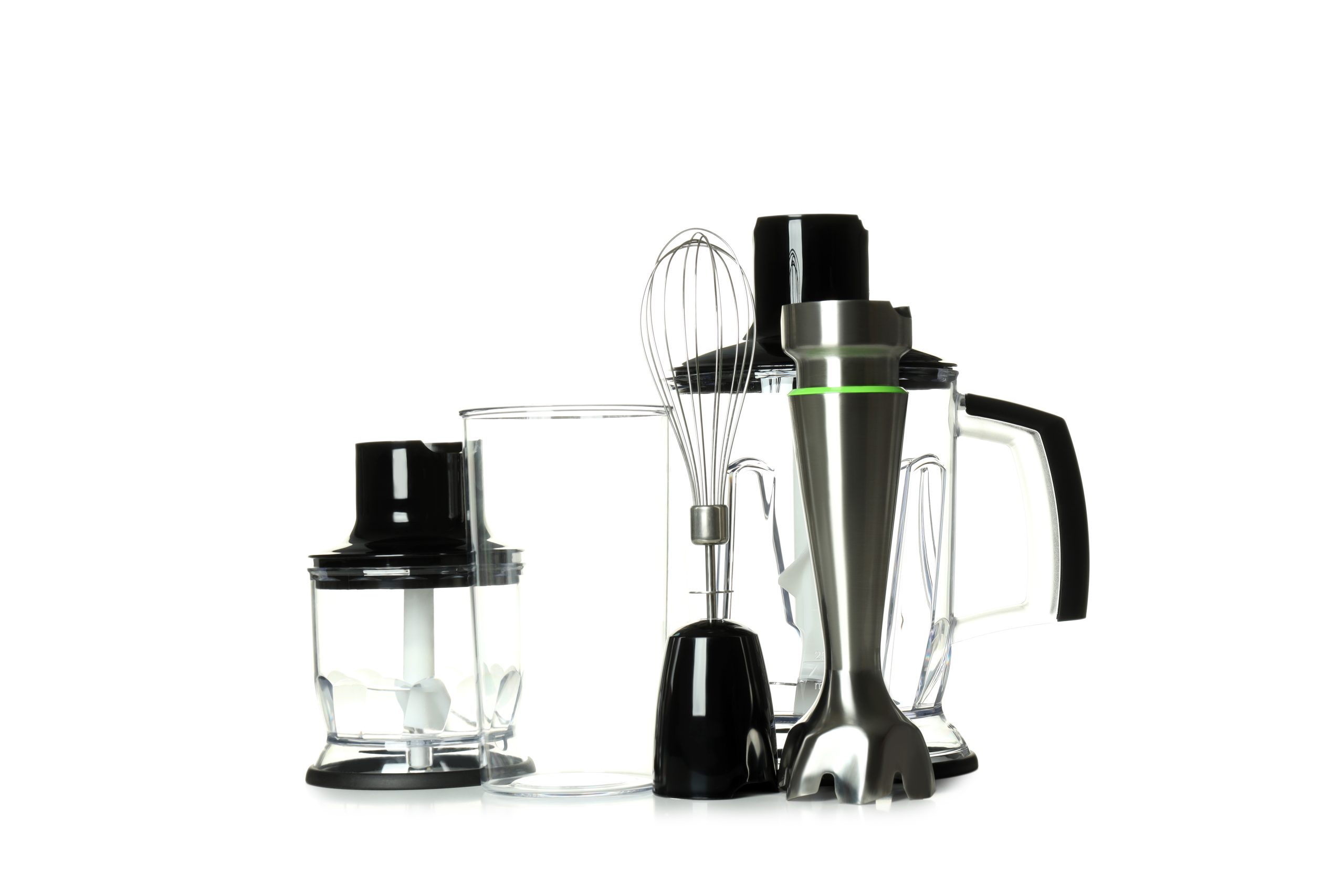The food processor and the blender are two of the most powerful kitchen appliances. In the world of cooking, they each have different functions, despite their seeming similarities. Let’s take a closer look at understanding the difference between a food processor and a blender.
KNOW THE DIFFERENCE
FOOD PROCESSOR:
The multipurpose design of a food processor makes it an indispensable tool for any cook. Usually, it has a big bowl and a rotating blade (or blades) that efficiently mince, purée, slice, or chop food.
One of the key advantages of a food processor is its ability to process large quantities of ingredients quickly and evenly. A food processor is ideal for chopping onions for stir-fry, shredding cheese for pizza, or creating homemade pesto.
Food processors are already very versatile appliances in and of themselves, but they can be much more so when you add on accessories like dough blades, citrus juicers, and slicing and shredding discs.
BLENDER:
However, a blender’s main function is to liquefy and combine substances to make smooth textures. It typically consists of a pitcher or jar with a blade at the bottom, powered by a motor that spins the blade at high speeds.
Smoothies, pureed soups, crushed ice, and blended dressings and sauces are just a few of the many uses for a blender.
Blenders, in contrast to food processors, tend to produce more consistent textures by combining components, making them unsuitable for jobs that demand precise cutting or slicing.
Key Differences:
In terms of their principal uses and the textures they generate, food processors and blenders are essentially different. To get smooth textures, use a blender to mix and liquefy components, rather than a food processor for chopping, slicing, or shredding.
When to Use Each:
- Use a food processor when you need to chop, slice, or shred ingredients with precision and efficiency, such as making salsa, grating vegetables, or kneading dough.
- When producing smoothies, soups, sauces, or purees, use a blender to combine components into smooth textures.
If you have an eye for design and the correct equipment, the possibilities in the kitchen are practically unlimited, which is great for fostering curiosity, creativity, and the love of cooking.


